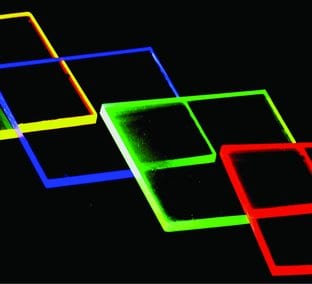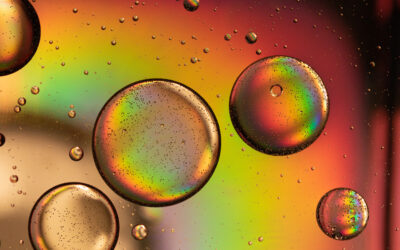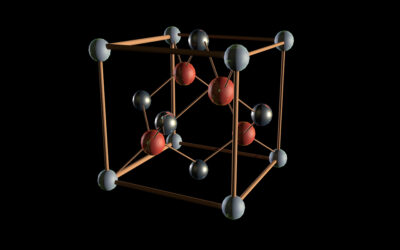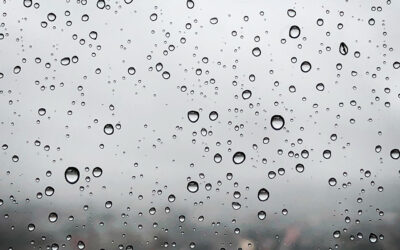With an ever-increasing number of column inches being dedicated to renewable energy as the great climate change debate rages, the search for viable, scalable solutions to humanity’s dependence on fossil fuels continues. Often, currently available solutions suffer from bad press regarding aesthetics, efficiency, or just plain bad luck:
The aesthetic argument always plays strongly to the crowd, and so one avenue of research into renewable energy is looking at ways in which energy tech can be incorporated into existing structures and materials, taking advantage of the fact that there are things we need to build anyway. Windows, for example, present a large surface area for trapping light – imagine if every window in the Burj al Khalifa could be photovoltaic – all 26,000 plus of them. One technology that could achieve this is the luminescent solar concentrator (LSC), the topic of a review published recently in Advanced Energy Materials. LSCs are simple devices that use a plastic or glass sheet as a waveguide. The waveguide has lumophore molecules associated with it, either embedded in the material, coated on the top or bottom surface, or entrapped as a liquid layer between two plates. When light hits the glass, it is absorbed by the lumophores and re-emitted at a longer wavelength. Some of the light is then trapped in the waveguide by total internal reflection. At the end of the waveguide, if a photovoltaic cell is attached, the light can be converted to electricity.
Michael Debije and Paul Verbunt take a detailed look in their review at the past thirty years of LSC development, noting that extensive commercialization has not yet taken place, largely hindered by the modest conversion efficiencies when compared to silicon solar cell outputs. However, with more and more types of lumophore becoming available (a particularly interesting approach is the use of quantum dots, which can be tailored simply by adjusting their size), the options are becoming ever-more promising, and it might turn out that maximum efficiency may not be the only guiding light in LSC design. Aesthetics may also have a part to play – what color of window would you prefer? And how about creating energy by painting a little sunshine of your own?

















